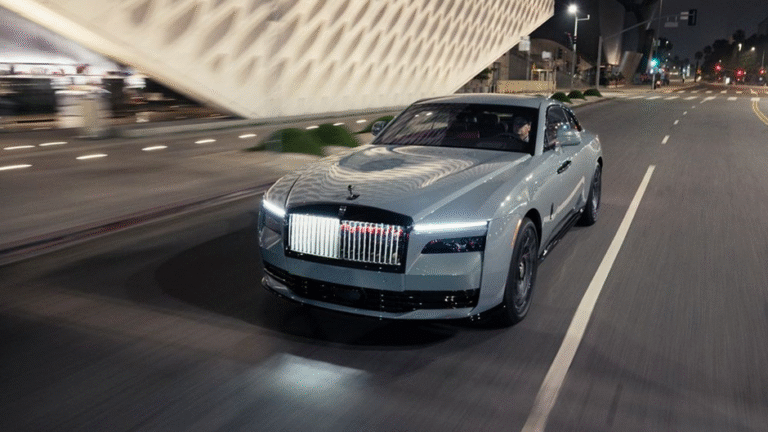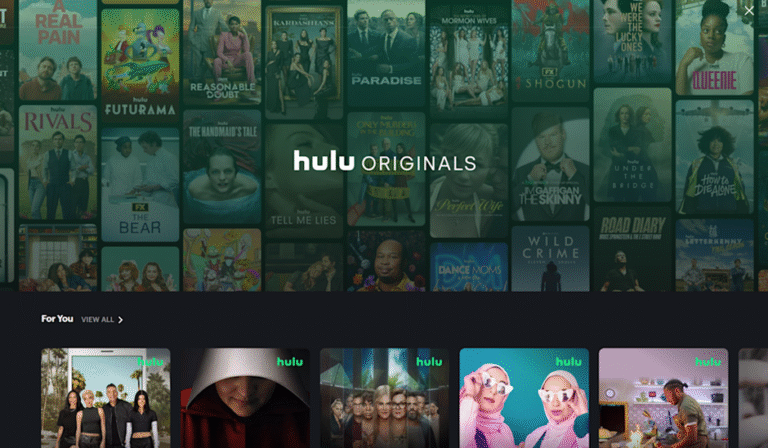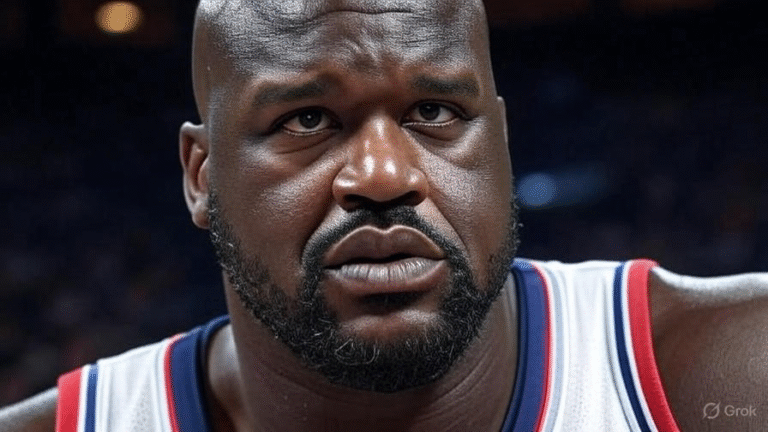Tesla has cautiously introduced its long-awaited robotaxi service in Austin, Texas, deploying around 10 Model Y SUVs under strict operational limits. CEO Elon Musk announced a flat fee of $4.20 for rides, with social media influencers already seen testing the service in various Austin locations, as shown in videos shared by Musk.

Safety First: Remote Monitoring & Teleoperation
Musk emphasized that Tesla is being “super paranoid” about safety, employing human monitors to oversee the fleet remotely. Each vehicle also has a safety monitor in the front passenger seat.
What Is Teleoperation?
Teleoperation allows humans to remotely control machines, typically via wireless networks. In the robotaxi industry, it serves three key functions:
- Training AI systems by guiding autonomous vehicles (AVs) in real-world scenarios.
- Monitoring AV performance to ensure safe operation.
- Intervening when the vehicle encounters uncertainty, such as unusual traffic conditions.
How Robotaxi Companies Use Teleoperation
While the global robotaxi industry remains in testing phases, different companies apply teleoperation in varying ways:
- Waymo (Alphabet): Uses “fleet response” agents who assist the AI when it encounters unfamiliar situations. The AI remains the primary decision-maker.
- Baidu’s Apollo Go (China): Employs fully remote backup drivers who can take virtual control if needed.
Limitations of Teleoperation
Despite its advantages, teleoperation faces critical challenges:
- Network Reliability: Cellular connections can lag or drop, risking delayed responses in emergencies.
- Scalability Issues: Monitoring a small fleet (e.g., 10 cars) is manageable, but large-scale deployment (thousands of vehicles) increases failure risks.
- Decision-Making Risks: If the vehicle must request help before acting, delays or incorrect decisions could still occur.
Philip Koopman, an autonomous vehicle safety expert at Carnegie Mellon University, warns that teleoperation is “inherently unreliable” at scale. Former Waymo CEO John Krafcik also noted that cellular latency makes remote driving “very risky.”
Tesla’s Robotaxi Strategy
Musk has long promised a fully autonomous robotaxi service, but Tesla’s Full Self-Driving (FSD) software remains supervised. The Austin launch marks a step toward an “unsupervised” version, though with strict safety measures:
- Geofenced Operations: Vehicles will avoid complex intersections and operate only in approved zones.
- Human Oversight: Remote operators will monitor and assist when necessary.
- Teleoperator Hiring: Tesla has advertised for remote operators capable of controlling AVs and humanoid robots, suggesting a hybrid autonomy model.
Regulatory & Public Concerns
A group of Texas Democrats urged Tesla to delay the launch until September, when a new AV law takes effect, citing safety and public trust concerns. However, Tesla proceeded, emphasizing rigorous safety protocols.
Conclusion: A Cautious Step Forward
Tesla’s Austin rollout is a small-scale test, reflecting both ambition and caution. While teleoperation helps mitigate risks, experts question its long-term viability for mass deployment. As Tesla refines its technology, the balance between innovation and safety will remain critical.
Musk’s final note ahead of the launch: “We are being super paranoid about safety.” Whether that paranoia translates into reliable autonomy at scale remains to be seen.



